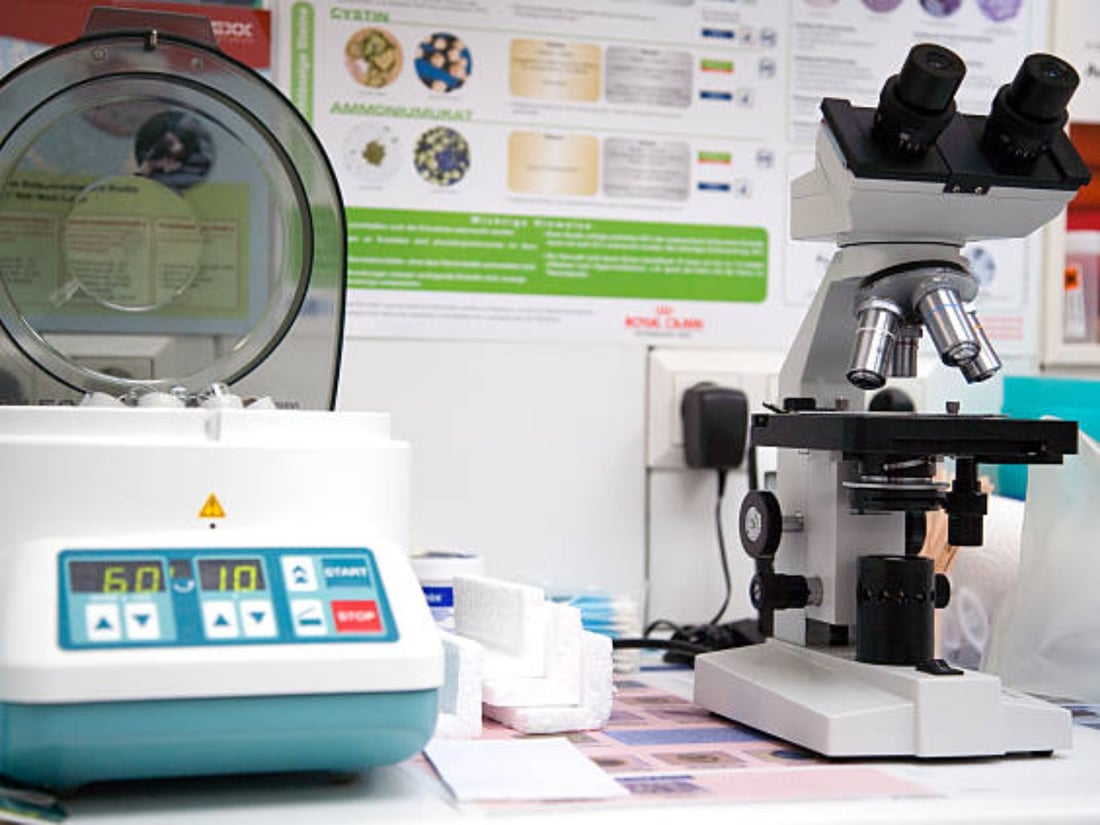The Basics of Vibrometers and Accelerometers
Vibrometers and accelerometers are both types of sensors used in vibration analysis. Vibrometers measure acceleration while accelerometers measure vibrations.
Form Factors and Measurements
Vibrometers typically come in handheld devices that use a laser or contact-based probe to measure vibrations. Accelerometers are smaller and come in various form factors, including piezoelectric, MEMS-based, and strain gauge. They can measure vibrations in one, two, or three axes.
Working Principle
A vibrometer measures acceleration by detecting changes in the position of a vibrating object. It does this using a laser beam that is directed at the object and then reflected back to a detector. An accelerometer, on the other hand, measures vibrations by detecting changes in the force on a mass inside the device.
Frequency Range and Resolution
Vibrometers are best suited for measuring high-frequency vibrations up to several hundred kilohertz and have a high level of accuracy and resolution. Accelerometers, on the other hand, can measure low-frequency vibrations but lack the range and resolution of vibrometers.
Use Cases for Vibrometers
Vibrometers are often used to measure vibrations in machinery that require precise alignment, such as turbines and generators. They can also be used to measure the vibration of structures, such as bridges or buildings.
Use Cases for Accelerometers
Accelerometers are commonly used in automotive and aerospace industries to measure vibrations in parts and components. They are also used in consumer electronics, such as smartphones and gaming controllers, to detect motion.
Cost and Complexity
Vibrometers are typically more expensive than accelerometers and require more setup and calibration time. Accelerometers, on the other hand, are easier to install and calibrate and tend to be more affordable.
Sampling Frequency and Data Analysis
Vibrometers require a high sampling frequency to capture fast-changing vibration data, which can result in large amounts of data. They also require specialized software to analyze the data. Accelerometers produce less data but can still require specialized software for analysis.
Wireless Capabilities
Both vibrometers and accelerometers can come with wireless capabilities, allowing for remote monitoring and data collection. This feature is particularly useful in industries where machinery or structures are difficult to access.
Summary
In conclusion, vibrometers are best suited for measuring high-frequency vibrations with high resolution, while accelerometers are better suited for measuring low-frequency vibrations and detecting motion. The choice between the two ultimately depends on the application and the desired level of accuracy and complexity.
Quote Inquiry
Contact us!

